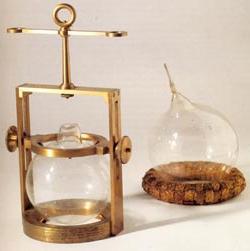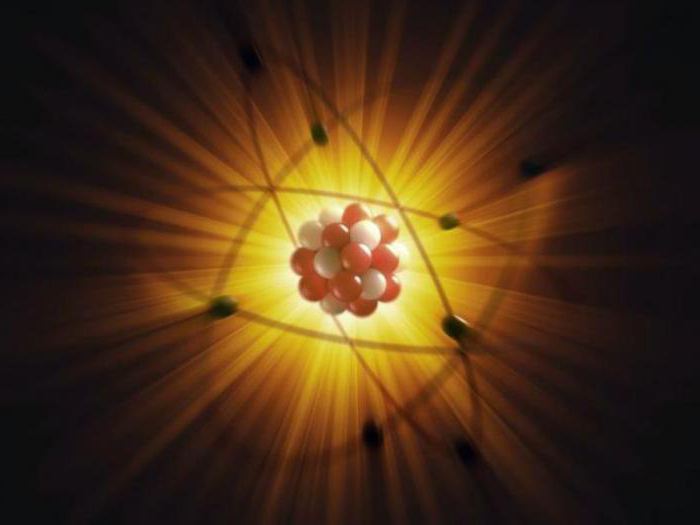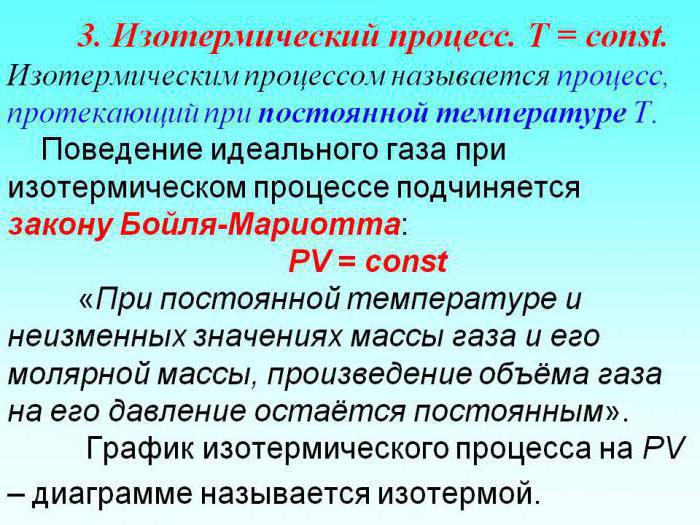Avogadro's number: interesting information
From the school chemistry course we know that iftake one mole of some substance, then there will be 6.02214084 (18) • 10 ^ 23 atoms or other structural elements (molecules, ions, etc.). For convenience, Avogadro's number is usually written in the following form: 6.02 • 10 ^ 23.

To be precise, Amedeo Avogadro did not deal with the calculation of molecules or atoms in a certain volume. The first to try to find out how many molecules of gas

Subsequently, a large number ofindependent ways of how to determine Avogadro's number and because the results mostly coincided, this once again spoke in favor of the actual existence of molecules. At the moment, the number of methods has exceeded 60, but in recent years, scientists are trying to further improve the accuracy of the assessment to introduce a new definition of the term "kilogram". So far, a kilogram is compared with the chosen material standard without any fundamental definition.
However, let us return to our question - why is this constant 6.022 • 10 ^ 23?

For clarity, let's take an example. As is known from the definition of the atomic mass unit, 1 amu. corresponds to one twelfth of the mass of one carbon atom of 12C and is 1.66053878 • 10 ^ (-24) grams. If we multiply 1 amu on Avogadro's constant, then it will be 1.000 g / mol. Now we take some chemical element, say, beryllium. According to the table, the mass of one beryllium atom is 9.01 amu. Let's count what is one mole of atoms of this element:
6.02 x 10 ^ 23 mol-1 * 1.66053878x10 ^ (-24) grams * 9.01 = 9.01 g / mol.
Thus, it turns out that the molar mass coincides numerically with the atomic mass.
The permanent Avogadro was specially chosen so,so that the molar mass corresponds to an atomic or dimensionless value-the relative molecular (atomic) mass. It can be said that Avogadro's number owes its appearance, on the one hand, to the atomic unit of mass, and on the other hand to the common unit for comparing the mass-gram.







